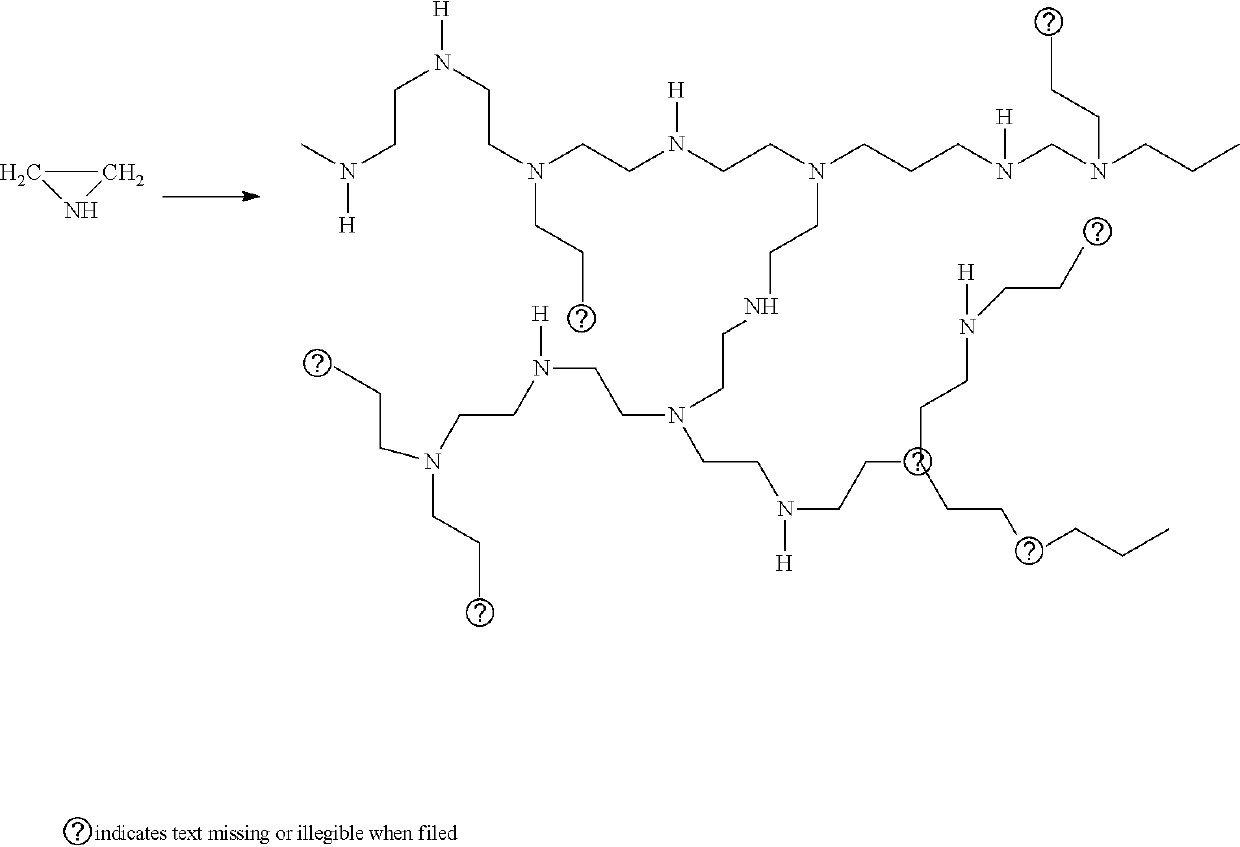Use of Polypeptide
a polypeptide and polypeptide technology, applied in the field of polypeptides, can solve the problems of difficult to dissolve and remove, difficult to remove soil by commercially available detergent compositions, and greying of laundry items like shirts and blouses as time passes, so as to reduce prevent or reduce the redeposition of soil, the effect of reducing the tendency of pilling
- Summary
- Abstract
- Description
- Claims
- Application Information
AI Technical Summary
Benefits of technology
Problems solved by technology
Method used
Image
Examples
example 1
Detection of Deep-Cleaning Effects on T-Shirts for Running
[0548]Two white T-shirts for running made of 100% polyester were washed (full scale wash) in a washing machine using 3.33 g / L of model detergent A.
[0549]The two T-shirts were worn by a test person (male), one T-shirt at the time. The test person wore each of the the T-shirts during physical activity for one hour. After wearing, one T-shirt was washed in a washing machine using 3.33 g / L of model detergent A with the DNAse of SEQ ID NO: 7 (1 ppm), whereas the second T-shirt was washed in a washing machine using 3.33 g / L of model detergent A without the DNAse (0 ppm). The T-shirts were washed as described in the full scale wash described above and for washing, 15 L of tap water was used. Both T-shirts were worn during physical activity and then washed. This wear and wash cycle was repeated 10 times.
[0550]For evaluation of the cleaning effect (deep-cleaning effect), five circular swatches (diameter of 2 cm) were cut out from armp...
example 2
Deep-Cleaning Performance of DNAse in Liquid Detergent Over 2 Washes
[0553]One strain of Brevundimonas sp. isolated from laundry was used in the present example. Brevundimonas sp. was pre-grown on Tryptone Soya Agar (TSA) (pH 7.3) (CM0131; Oxoid Ltd, Basingstoke, UK) for 2-5 days at 30° C. From a single colony, a loop-full was transferred to 10 mL of TSB (Tryptone Soya broth, Oxoid) and incubated for 16 hours at 30° C. with shaking (240 rpm). After propagation, Brevundimonas sp. was pelleted by centrifugation (Sigma Laboratory Centrifuge 6K15) (3000 g at 21° C. in 7 min) and resuspended in 10 mL of TSB diluted twice with milliQ water. Optical density (OD) at 600 nm was measured using a spectrophotometer (POLARstar Omega (BMG Labtech, Ortenberg, Germany). Fresh TSB diluted twice with sterile milliQ water was inoculated with Brevundimonas sp. to OD600nm 0.03, and 1.6 mL was added into each well of a 12-well polystyrene flat-bottom microplate (3512; Corning Incorporated, Corning, N.Y., ...
example 3
Detection of Sweaty Odor on T-Shirts for Running
[0558]Two white T-shirts for running made of 100% polyester were washed in a washing machine (full scale wash) using 3.33 g / L of model detergent A.
[0559]The two T-shirts were worn by a test person (male), one T-shirt at the time. The test person wore each of the the T-shirts during physical activity for one hour. After wearing, one T-shirt was washed in a washing machine using 3.33 g / L of model detergent A with the DNAse of SEQ ID NO: 7 (1 ppm), whereas the second T-shirt was washed in a washing machine using 3.33 g / L of model detergent A without the DNAse (0 ppm). The T-shirts were washed as described in the full scale wash described above and for washing, 15 L of tap water was used. Both T-shirts were worn during physical activity and then washed. This wear and wash cycle was repeated 10 times.
[0560]For evaluation of odor, a trained test person investigated T-shirts prior to use for sweaty odor (malodor) by smelling to T-shirts. If a...
PUM
| Property | Measurement | Unit |
|---|---|---|
| volatile | aaaaa | aaaaa |
| time | aaaaa | aaaaa |
| energy consumption | aaaaa | aaaaa |
Abstract
Description
Claims
Application Information
 Login to View More
Login to View More - R&D
- Intellectual Property
- Life Sciences
- Materials
- Tech Scout
- Unparalleled Data Quality
- Higher Quality Content
- 60% Fewer Hallucinations
Browse by: Latest US Patents, China's latest patents, Technical Efficacy Thesaurus, Application Domain, Technology Topic, Popular Technical Reports.
© 2025 PatSnap. All rights reserved.Legal|Privacy policy|Modern Slavery Act Transparency Statement|Sitemap|About US| Contact US: help@patsnap.com



